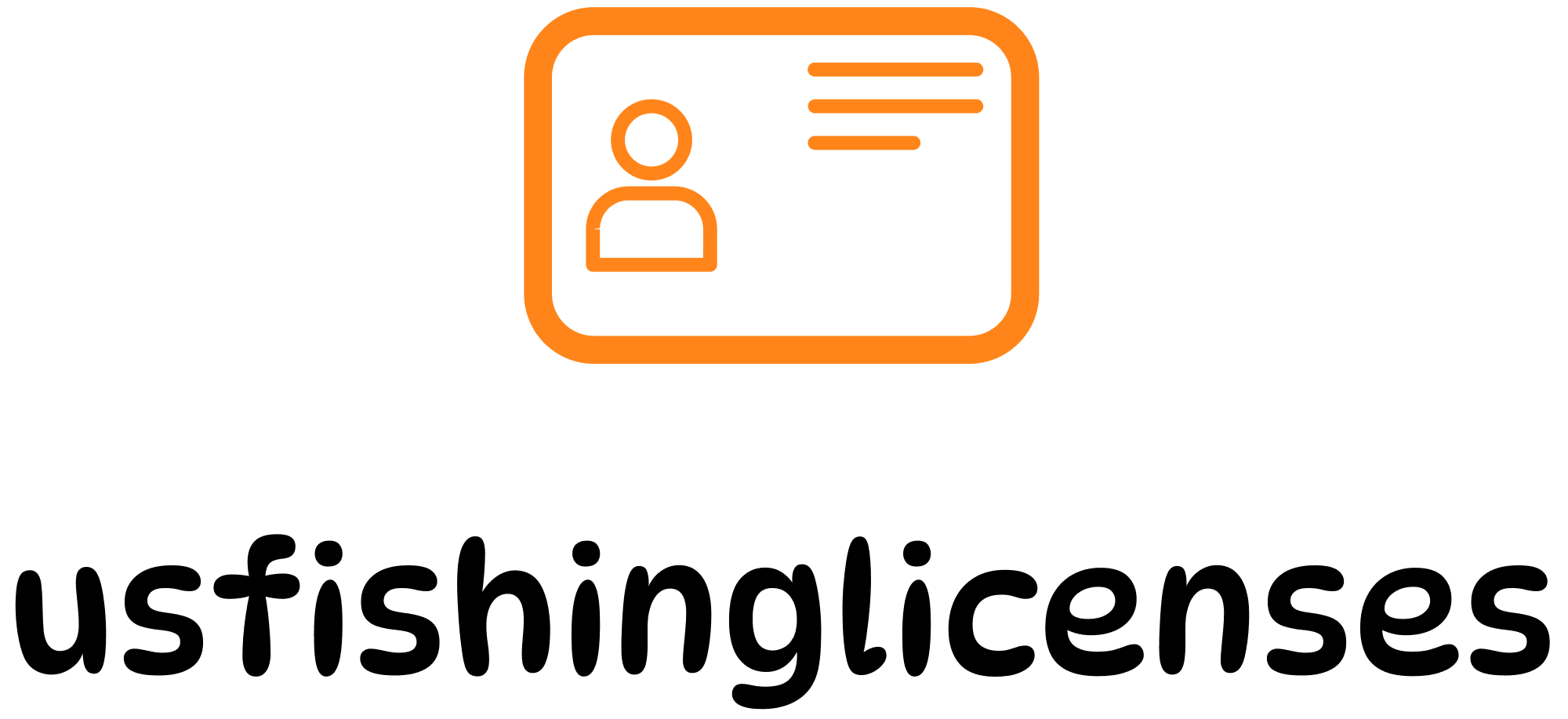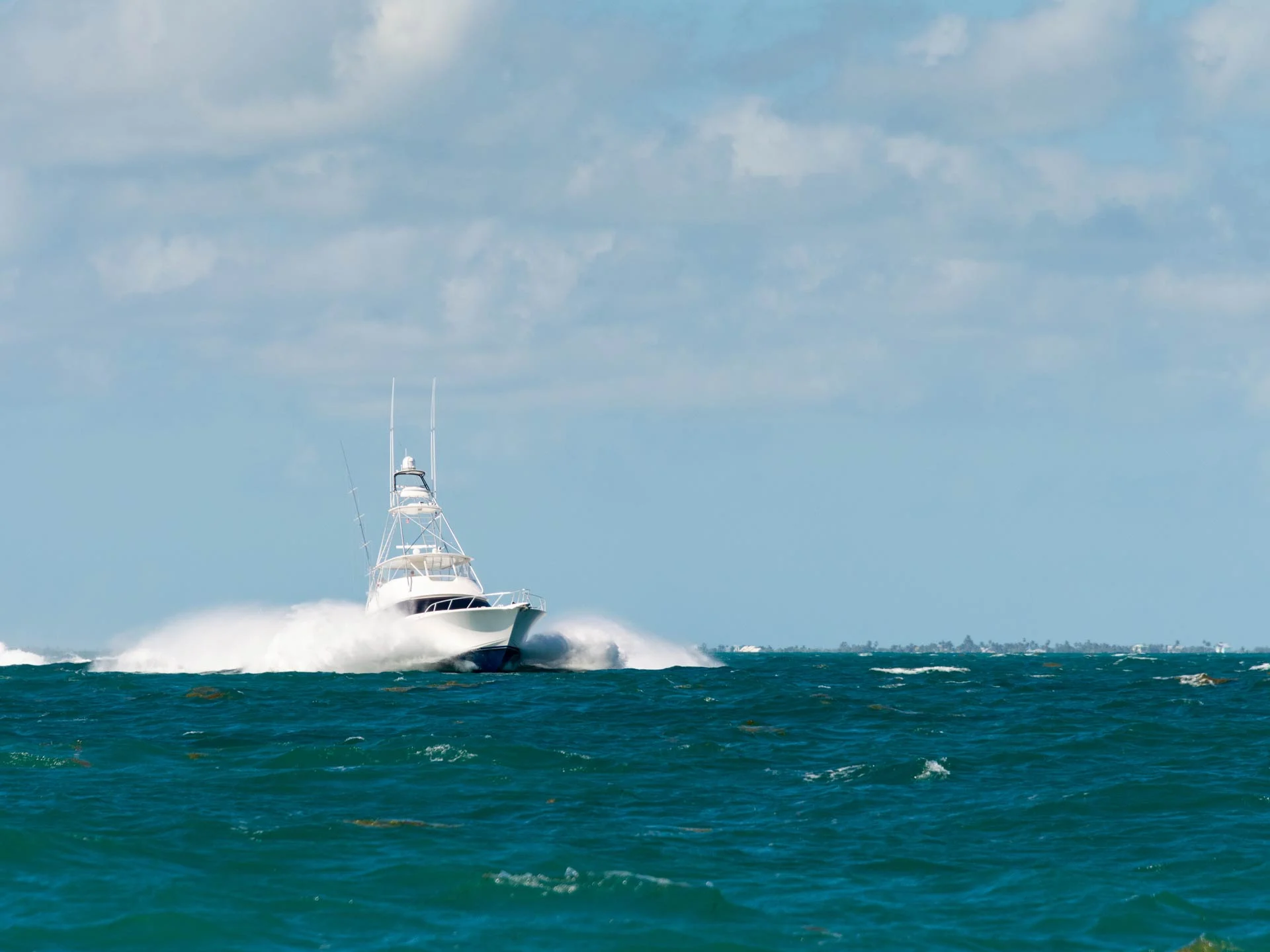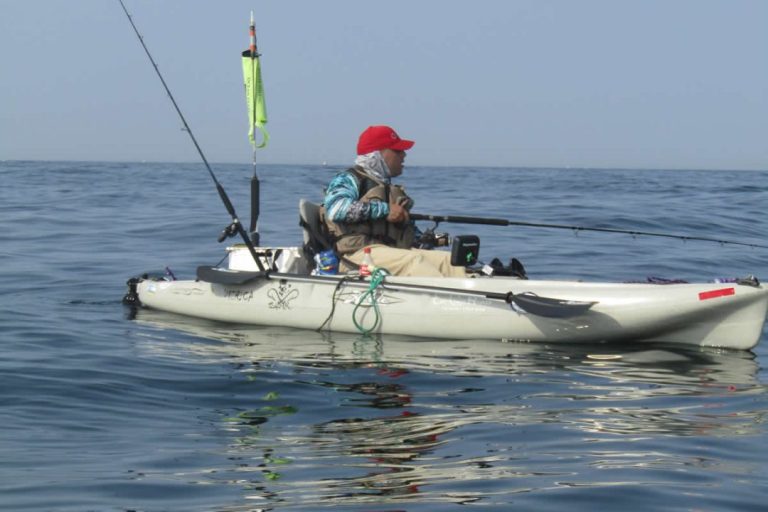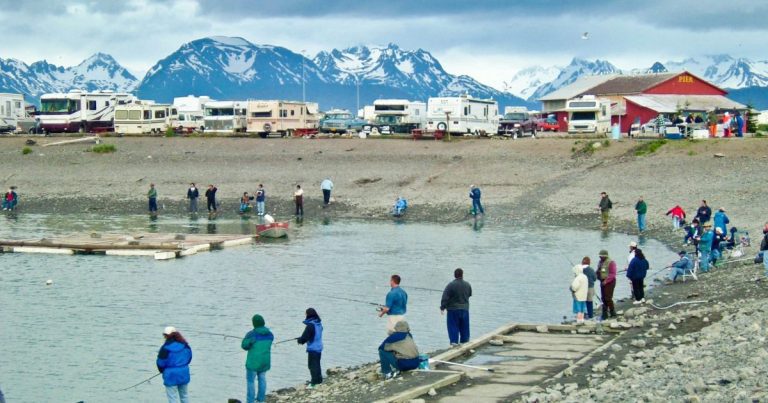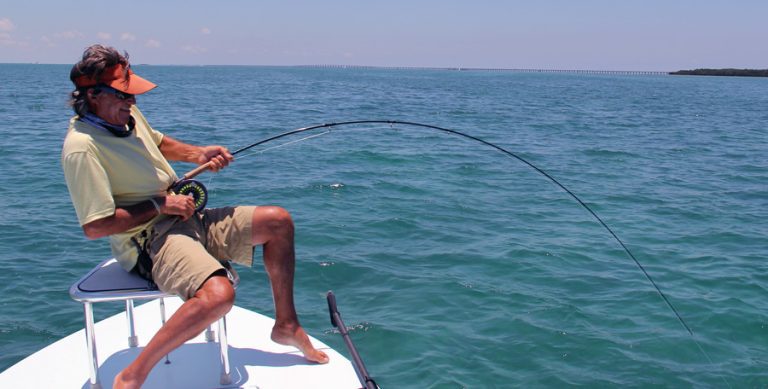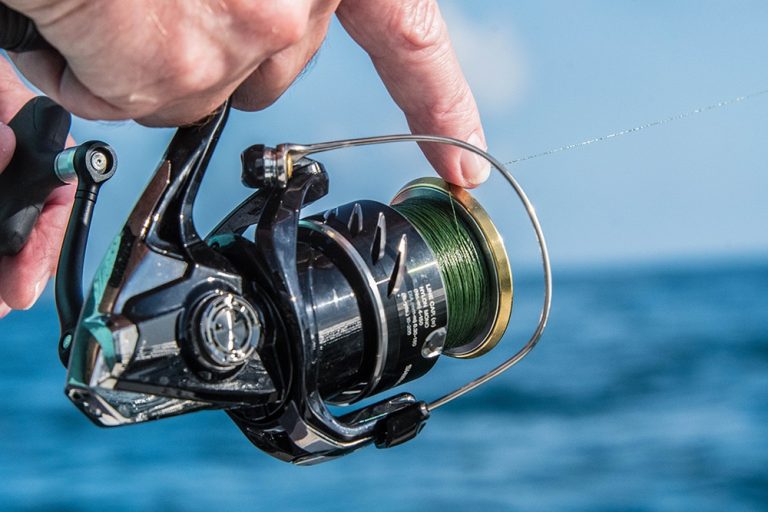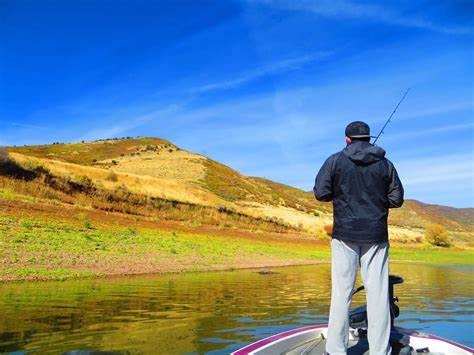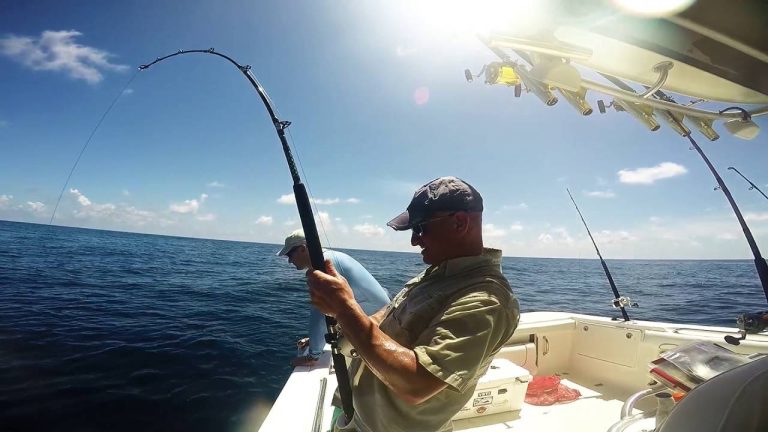Maine’s rugged coastline with its 3,200 miles of shoreline, countless bays, estuaries, and more than 2,000 coastal islands creates a pristine saltwater fly angling paradise for targeting striped bass. These prized gamefish migrate annually to Maine’s cooler waters, offering exceptional fishing opportunities from late spring through early fall. Whether you’re casting from rocky shores, wading shallow flats, or exploring tidal rivers, Maine provides diverse environments where striped bass thrive during summer months.
Prime Fishing Locations Along Maine’s Coast
The search for striped bass in Maine leads anglers to several productive locations where these predatory fish congregate to feed and shelter. Based on extensive research and expert recommendations, here are the top spots that consistently deliver memorable striper fishing:
River Mouths and Estuaries
- Kennebec River: One of Maine’s premier striped bass destinations, particularly during early season migration
- Mousam River Mouth: Located at Parsons Beach in Kennebunk, where stripers feed heavily on baitfish coming from protected National Wildlife Refuge lands
- Penobscot River: Consistently produces quality striper fishing throughout the season
- Saco River: A productive early-summer location as waters begin to warm
- Spurwink River: Excellent for early-season fishing as mud bottoms warm quickly
Coastal Bays and Islands
- Casco Bay: Popular for both fly and conventional anglers with numerous islands creating structure-rich environments
- Boothbay Harbor: Offers protected waters with plenty of structure
- Biddeford Pool Peninsula: Provides multiple fishing opportunities as it extends into the ocean
- Saint George River: Local expert Don Kleiner recommends Thomaston Harbor and surrounding waters near Camden, Rockport, and Rockland
You can check Maine fishing license requirements before planning your trip to ensure compliance with state regulations.
When to Target Maine Striped Bass
Timing is crucial for successful striped bass fishing in Maine, as these migratory fish follow specific patterns influenced by water temperature and bait availability.
Seasonal Migration Patterns
- May: First “scout” stripers typically arrive in southern Maine waters by mid-May
- June-September: Peak fishing season when the largest concentrations of striped bass are present along the coast
- October: Last opportunity before stripers begin their southward migration
- December-June: Closed season in Kennebec, Sheepscot, and Androscoggin Rivers and tributaries
Best Times of Day
- Early morning and evening: Low light conditions when stripers are most active near the surface
- Incoming tide: Often produces the most consistent action, especially around river mouths and estuaries
The Maine Department of Marine Resources reports that recreational anglers caught approximately 1.48 million striped bass in 2023, with about 63,000 fish harvested. This represents 5.2% of the total Atlantic coast catch, highlighting Maine’s importance as a striper fishing destination.
Understanding Maine Striped Bass Behavior
To maximize your success, it’s essential to understand the behavior patterns of striped bass in Maine’s diverse coastal environments.
Habitat Preferences
- Mud flats: Stripers cruise shallow flats hunting for crabs, shrimp, and baitfish
- Rocky coastlines: Bass hold in pockets near structure where waves create turbulence
- Marshes and estuaries: These “bait factories” warm quickly in spring, attracting the first arriving stripers
- Tidal rivers: The interface between fresh and salt water creates prime feeding areas
Feeding Patterns
- Striped bass in Maine primarily feed on baitfish, sand eels, and crabs
- Key prey species include menhaden (pogies), mackerel, and various herring species
- Stripers are ambush predators, often using structure to trap and corner baitfish
Essential Gear for Maine Striper Fishing
Successful striper fishing requires appropriate gear tailored to Maine’s coastal conditions.
Rod and Reel Selection
- Fly fishing: 9-foot 8-9 weight rods with saltwater-rated reels and floating lines for flats; sink-tip lines for deeper water
- Spinning tackle: Medium to heavy-duty spinning rods paired with reels capable of handling strong fish
- Line: Braided line with 20-30 pound test strength to withstand powerful runs
Terminal Tackle and Lures
- Surface plugs for early morning/evening feeding
- Soft plastic swimbaits imitating local baitfish
- Bucktail jigs in white, chartreuse, or olive
- Flies that imitate sand eels, herring, or crabs
Maine Striped Bass Regulations
Understanding and following Maine’s fishing regulations is crucial for conservation efforts and avoiding penalties.
| Regulation Type | Details |
|---|---|
| Season | Open January 1 through December 31 (except Kennebec watershed) |
| Size Limits | Fish must be 28-31 inches total length |
| Bag Limit | 1 fish per day |
| License Requirements | Valid Maine fishing license required for anyone 16 years or older |
| Commercial Fishing | Not allowed for striped bass in Maine waters |
For complete regulations, visit the Maine Department of Marine Resources website.
Conservation Challenges and Outlook
Striped bass face several conservation challenges despite their popularity among recreational anglers. In 2022, the Atlantic States Marine Fisheries Commission determined that striped bass were being overfished, leading to emergency actions in 2023 to tighten size restrictions.
Current Population Status
- Maine harvests have shown significant increases in recent years, from about 13,000 fish in 2021 to nearly 63,000 in 2023
- However, this increase may reflect pandemic-related increases in fishing participation rather than population growth
- Recreational anglers account for 90% of striped bass harvested along the Atlantic coast
The Maine Fish and Wildlife Conservation Office works with partners to restore fish habitat throughout Maine’s rivers, benefiting both freshwater and sea-run migratory fishes like striped bass.
Techniques for Successfully Targeting Maine Stripers
Adapting your fishing approach to Maine’s diverse coastal environments will significantly improve your success rate.
Flats Fishing Techniques
- Sight-fishing on mud flats during low tide
- Slow, deliberate retrieves to avoid spooking fish in shallow water
- Focus on areas where deeper channels meet shallow water
River Mouth Tactics
- Fish the seams where river current meets ocean water
- Time your fishing with tidal changes
- Use sinking lines or weighted lures to reach deeper holding fish
Rocky Shoreline Strategies
- Cast parallel to shoreline structure
- Use lures that can be worked through rocky areas without snagging
- Focus on areas where waves create white water and turbulence
For more detailed fishing information, explore additional resources at US Fishing Licenses for other top fishing destinations.
Planning Your Maine Striped Bass Fishing Trip
When planning your Maine striper expedition, consider these practical tips to maximize your experience:
- Be mobile: Early season success often requires exploring multiple locations as fish continue their migration into Maine waters
- Stay informed: Check with local bait shops and guides about recent striped bass activity
- Monitor water temperatures: The ideal range for striped bass is 55-68°F
- Consider hiring a guide: Local experts like Master Maine Guides can significantly increase your chances of success
Visit the US Fishing Licenses Maine information page for detailed information about obtaining the proper fishing permits before your trip.
Conclusion
Maine’s coastal waters offer some of the finest striped bass fishing opportunities on the Atlantic seaboard. From the productive flats and marshes of southern Maine to the rocky shorelines and river mouths stretching up the coast, anglers can find exceptional fishing throughout the summer months. By understanding seasonal patterns, choosing appropriate tackle, and focusing on prime locations, you’ll be well-equipped to experience the thrill of hooking into Maine’s powerful and prestigious striped bass.
Remember that sustainable fishing practices are essential for preserving this valuable fishery for future generations. Always follow state regulations, handle fish carefully when practicing catch and release, and respect the marine environment that makes Maine such an extraordinary angling destination.
